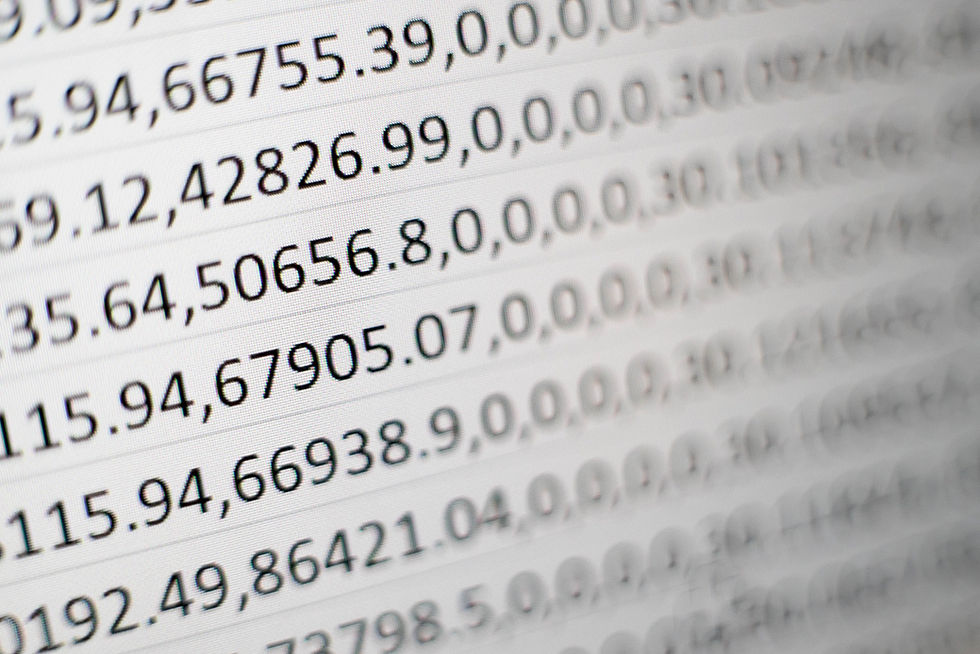Lesson Number 1. The Russian Alphabet. True Friends.
- dashawestbrook
- Sep 27, 2018
- 2 min read
Updated: Sep 28, 2018

The Russian alphabet was created in IX Century, deriving from Greek, and is called Cyrillic, after its creator, St. Cyril.
It has changed many times throughout the centuries, and thanks to Peter the Great (who liked everything Western) in 1708 it was adjusted to look more like the Roman alphabet. Last changes were made in 1918, and the current version of the Russian alphabet hasn’t changed since then. Although, there was an idea to latinise the Russian alphabet (use the Roman alphabet instead), so many literary masterpieces might not have been existed in the untouched way.
As I already mentioned in my previous post, the Russian alphabet only seems like a stranger, in fact it is not so difficult to learn.
Although initially you might confuse Russian letters with their English equivalents - it is absolutely fine, you have dealt with the Roman alphabet all your life, and Cyrillic is a new friend for you. A bit of patience and all will come.
If you travel to Russia, it is important to learn the Russian alphabet - even if you are not going to learn more - because this will allow you to read the names of some streets, stations, and many cognates like bank (банк), pizza (пи́цца), cafe (кафе́) and many many others.
The Russian alphabet has 33 letters, but looking at them all together might seem horrifying.
Therefore we will dissect them into groups:
The First Group: True Friends.
These are the ones who look the same and sound the same as the English alphabet:
Аа Оо Кк Мм Тт
Now you can read words like:
Ма́ма
А́том
Кот (cat)
Names such Том, Э́мма
Ата́ка
Такт
Акт
Тома́т

New words:
Кто? - Who?
Э́то - This
Кто э́то? - Who is this?
Э́то ма́ма - This is mum.
Там - There
Кто там? - Who’s there?
Э́то Том - This is Tom.
As you can see above, the Russian verb “to be” is not required in such phrases.
In my next posts I will write about the other categories of the Russian alphabet.
And if you want some 121 or Skype lessons,
I am at your disposal.
Daria





Comments